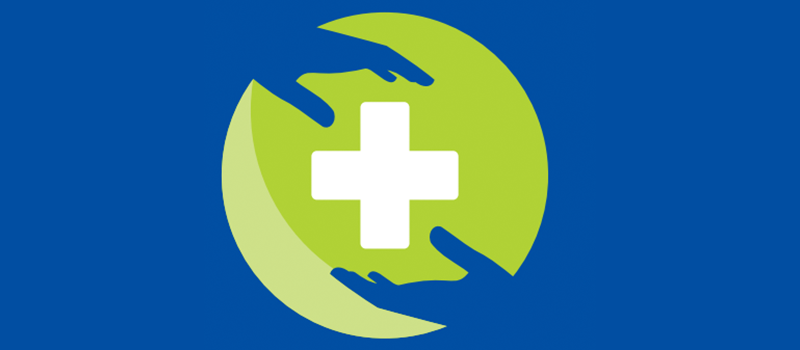State and local health and human services agencies typically take the lead in identifying health-related problems, writing policies, directing response and gauging success. Doing so successfully requires a coordinated approach that incorporates modern processes and tools.
Each state has its own plan for managing health data, but many are taking a page out of the recently released Federal Health IT Strategic Plan. In addition to outlining federal health IT goals and objectives, the plan puts a heavy focus on building a secure, data-driven ecosystem and connecting healthcare with health data. Many state and local agencies have similar goals, with mandates and commitments that have matured significantly in the past few years.
Getting the most value out of healthcare data means knowing where all relevant data is and being able to access it for advanced analytics. For example, understanding COVID-related trends requires analyzing large datasets from multiple sources, including geospatial data. With this information, agencies can better allocate scarce resources and continue to provide healthcare, mental health, and other services for the public.
For many government health agencies, however, it’s not as simple as it should be. Data is spread throughout multiple systems that are rarely connected. Much of the data resides on older technologies such as aging mainframes, and the data is often in legacy formats that don’t work well with newer analytics frameworks or technologies. These issues make it nearly impossible to fully analyze all relevant datasets, which can significantly hinder progress in identifying trends, making critical policy decisions, and saving lives.
Solution: One Platform, Many Uses
To get the most value out of health data, state and local health and human services agencies are looking to securely gather all data in a central location, where it is available for analysis and other types of data management. The best way to do that is by adopting a hybrid cloud model. This approach allows health agencies to keep some resources on premises, either to protect sensitive information or accommodate a critical system that is not easily portable to the cloud, with secure cloud resources.
The hybrid cloud approach allows health agencies to take advantage of new ways of delivering services to constituencies and performing sophisticated data analytics while still respecting the need for some resources to remain on premise.
One way to ensure secure access to all resources in all environments is by using a hyperconverged approach to hybrid cloud. This provides a single management platform for all applications, data and compute, storage, virtualization, and networking, along with a dashboard to manage operations across multiple clouds and on-premise environments. It also allows agencies to move data back and forth between on-premise environments and the cloud. For example, legacy applications that don’t work well in the cloud may stay on premise, but the data from those apps can be sent to a cloud resource for analysis.
This type of consolidation can reduce costs, increase operational efficiency, ensure compute and storage availability for future growth, significantly boost uptime, and improve security.
“A lot of it is really about simplifying,” said Dan Fallon, Senior Director of Systems Engineering for the Public Sector at Nutanix, which provides hyperconverged infrastructure solutions to government and private-sector organizations. “There is so much that agencies are trying to do, and there are always additional services they want to offer. Reducing data silos and addressing infrastructure management issues allows the staff to be much more efficient and focus more on higher-level processes like data analytics.”
In the case of health agencies, such analytics might include using past data to provide insights into trends, using modeling and forecasting to predict behavior, using machine learning (ML) to find the best course of action, or using artificial intelligence (AI) and ML to determine connections, patterns, and outliers.
This article is an excerpt from our recent report, “Powering Data-Driven Innovations at Health and Human Services Agencies” Download the full report here.





Leave a Reply
You must be logged in to post a comment.